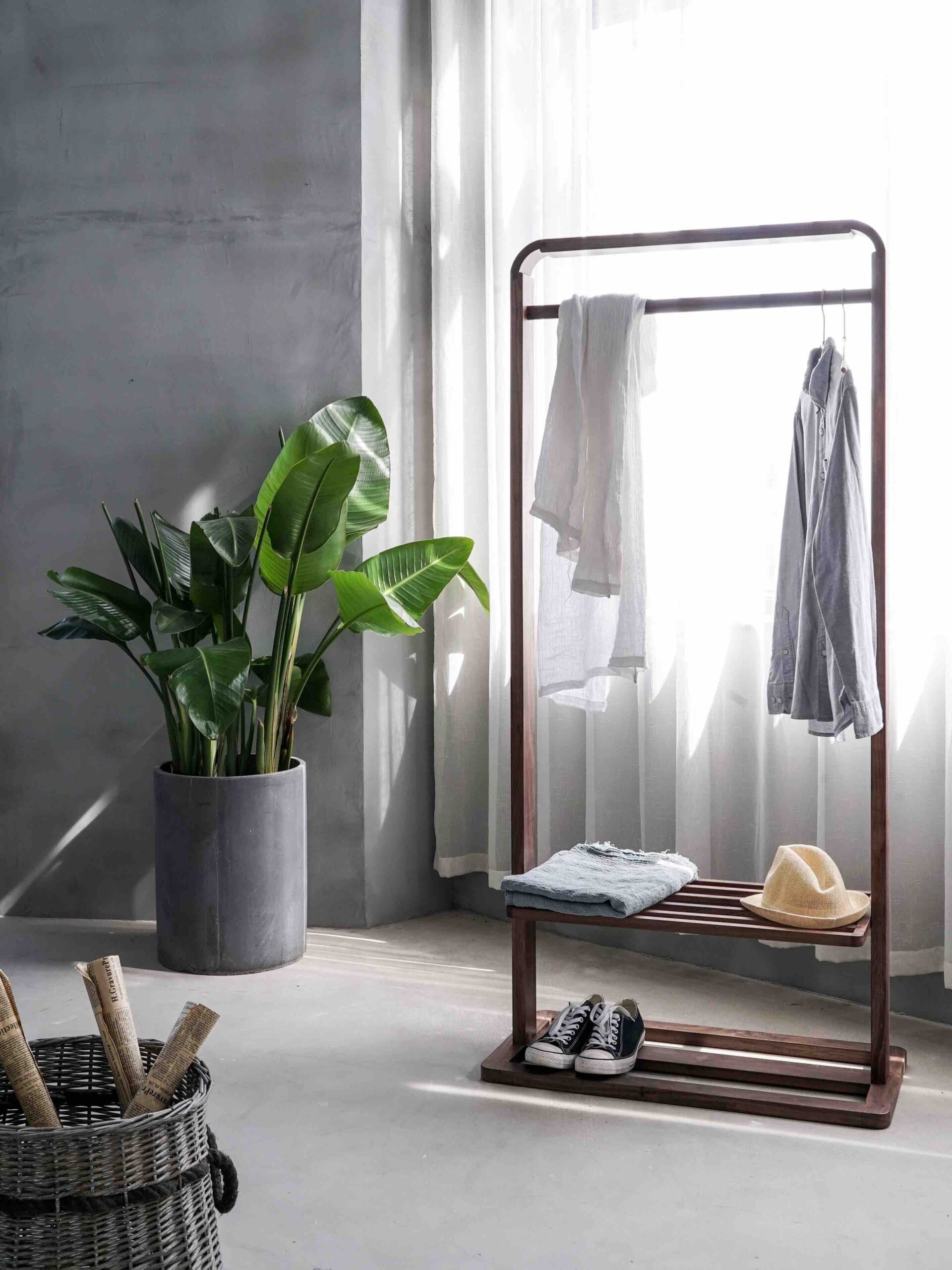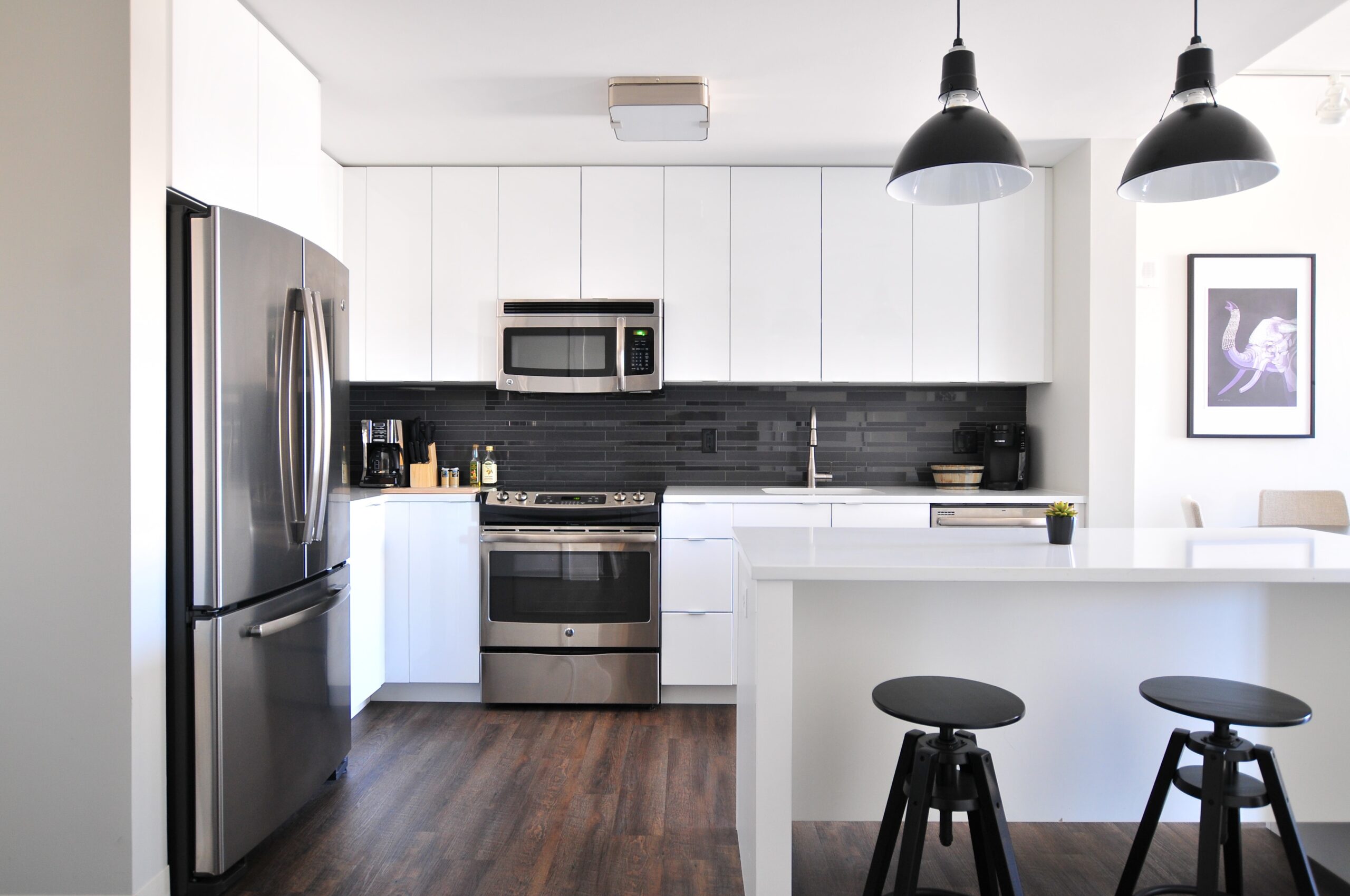When it comes to interior design, the minimalist style has gained immense popularity in recent years. With its focus on simplicity, functionality, and clean lines, minimalist interior design has become a go-to choice for many homeowners in Hyderabad. In this blog post, we will explore the key elements of minimalist interior design and how you can incorporate this style into your home.
1. Neutral Color Palette
One of the defining features of minimalist interior design is the use of a neutral color palette. Whites, creams, grays, and earthy tones are commonly used to create a calm and serene atmosphere. These colors also help to enhance the natural light in a space, making it feel more open and spacious.
2. Clean Lines and Simple Furniture
In minimalist interior design, less is more. Furniture with clean lines and simple designs are preferred over ornate and intricate pieces. The focus is on functionality and practicality, with furniture serving a purpose rather than being purely decorative. Opt for sleek and streamlined furniture that blends seamlessly with the overall aesthetic of the space.
3. Decluttered Spaces
Minimalist interior design emphasizes the importance of decluttering. Clearing out unnecessary items and keeping only the essentials not only creates a visually appealing space but also promotes a sense of calm and tranquility. Invest in smart storage solutions to keep your belongings organized and out of sight.
4. Natural Materials
Incorporating natural materials is another key element of minimalist interior design. Wood, stone, and other organic materials add warmth and texture to the space. Opt for furniture and accessories made from sustainable materials to create an eco-friendly and environmentally conscious home.
5. Functional Lighting
Lighting plays a crucial role in minimalist interior design. Natural light is preferred whenever possible, so make sure to maximize the amount of sunlight that enters your home. Use sheer curtains or blinds that allow light to filter through. Additionally, incorporate artificial lighting that is both functional and aesthetically pleasing. Opt for simple and sleek light fixtures that complement the overall minimalist aesthetic.
6. Focus on Negative Space
Minimalist interior design embraces the concept of negative space. This refers to the empty or unused space within a room. By intentionally leaving some areas empty, you can create a sense of balance and harmony. Avoid overcrowding your space with too many accessories or furniture pieces.
7. Thoughtful Accessories
While minimalist interior design promotes simplicity, that doesn’t mean you can’t have any accessories. However, it’s important to be selective and choose items that have meaning or purpose. Opt for a few carefully curated pieces that complement the overall aesthetic and add a personal touch to your space.
8. Sustainability and Eco-Friendliness
Lastly, minimalist interior design aligns with sustainable and eco-friendly practices. Choose furniture and materials that are ethically sourced and produced. Incorporate energy-efficient appliances and lighting options to reduce your carbon footprint. By adopting a minimalist approach, you can create a home that is not only stylish but also environmentally conscious.
In conclusion, minimalist interior design offers a refreshing and calming aesthetic that is perfect for those seeking simplicity and functionality in their homes. By incorporating a neutral color palette, clean lines, decluttered spaces, natural materials, functional lighting, negative space, thoughtful accessories, and eco-friendly practices, you can achieve a minimalist look in your Hyderabad home. Embrace the beauty of minimalism and create a space that truly reflects your personal style.

